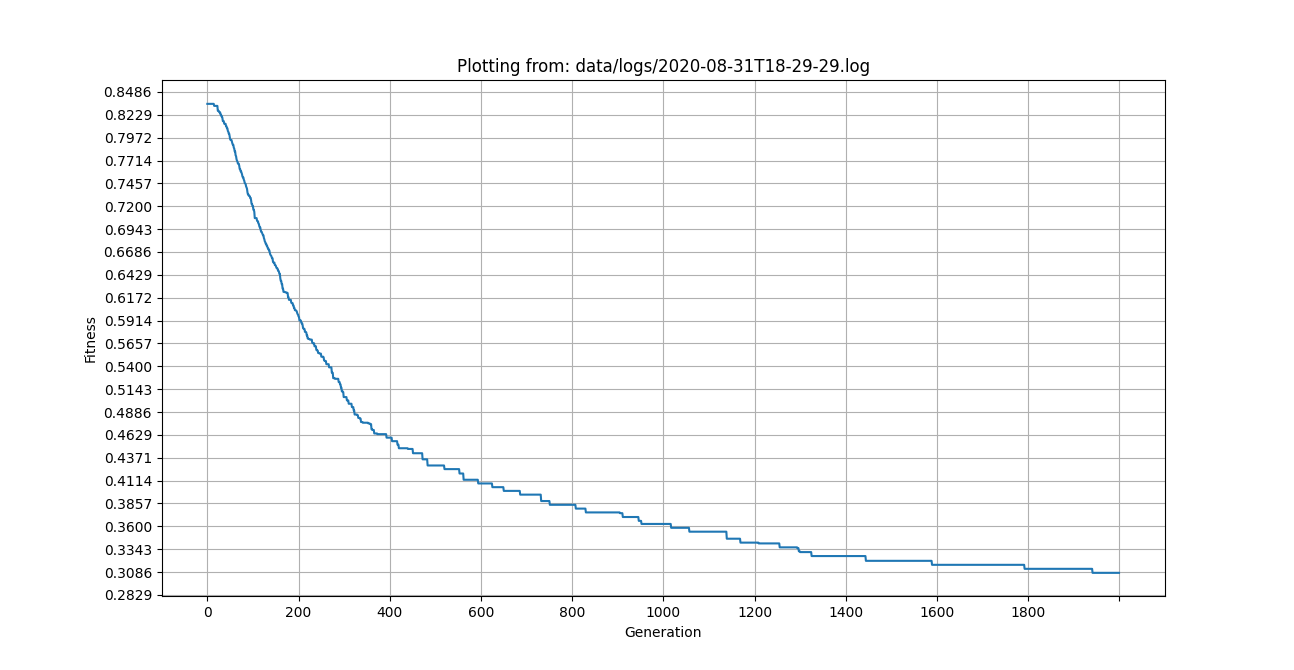An extensible framework for solving the University Course Scheduling Problem (UCSP).
- to learn more about what is UCSP and why this framework exists, read this.
- to learn more about the design of the system, read this.
- python 3.6 (or above)
- pip3
Check whether you have the correct version of python and pip installed with:
python3 --version
pip3 --versionClone this repo and cd into the project root directory:
git clone <clone-url>
cd UCSPy-EngineInitialize a new python virtual environment with venv:
python3 -m venv .venvActivate the virtual environment:
# For Linux/Unix/Mac
source ./.venv/bin/activate
# For Windows
.venv\Scripts\activate
Install requirements using pip:
pip install -r requirements.txtIf you're using a Mac with Apple Silicon, run the commands below instead of the previous one:
brew install openblas
pip install --upgrade pip
OPENBLAS="$(brew --prefix openblas)" pip install -r requirements.arm.txtThe general usage is as follows:
python cli.py <service>There are 3 main services offered by UCSPy-Engine:
solve- used to solve a course scheduling problem.plot- used to plot the performance of the solver i.e. fitness at each epoch.inspect- used to inspect the quality of the solution provided, by showing detailed constraint violations.
The solve and inspect services require valid a json configuration file (named ucsp.config.json by default) to be present at the root of the project. Learn more about the configuration file here.
Running the solver through the cli
To solve UCSP, use the solve command:
python cli.py solveOnce executed, the engine starts running an algorithm to solve the ucsp instance specified on the configuration file. It iteratively prints the fitness value of the solution generated by the algorithm at each epoch/generation, until the epoch limit is reached, or the user presses ctrl+c, or if min_acceptable_fitness is reached.
The algorithm to use is specified in the configuration file. The available algorithms as of now are:
- Genetic Algorithm (default)
- Memetic Algorithm
Customizing parameters of the algorithm
Each algorithm has a set of unique parameters that can be provided as command-line arguments. To learn more about them, use:
python cli.py solve --show_argsFor example, the number of epochs could easily be changed to 500 like so:
python cli.py solve --epochs=500The following tables describe the parameters of each available algorithm.
For Genetic Algorithm:
| algo parameter | description |
|---|---|
| epochs | the maximum number of iterations before termination. (default: 100) |
| population_size | The size of the population in a generation. (default: 100) |
| elite_pct | The % of elites in the population. (default: 10) |
| mateable_pct | The % of the population that has a chance to perform crossover. (default: 50) |
| mutable_pct | The % of the population that could be mutated. (default: 20) |
For Memetic Algorithm:
| algo parameter | description |
|---|---|
| epochs | the maximum number of iterations before termination. (default: 100) |
| population_size | The size of the population in a generation. (default: 100) |
| elite_pct | The % of elites in the population. (default: 10) |
| mateable_pct | The % of the population that has a chance to perform crossover. (default: 50) |
| lcl_search_pct | The % of the population that performs a local search. (default: 10) |
| lcl_search_iters | The number of iterations of local search for each selected individual. (default: 30) |
When solver is run with the save_logs flag set to true, it'll save the logs generated in a file under the folder data/logs/ with the datetime as the log's name <datetime>.log.
These logs can be used to automatically generate performance plots of the fitness over each epoch like this:
And it is done by using the plot command, which takes the path of the log file like so:
python cli.py plot <filpath>To plot from the sample log file (data/logs/sample.log), run:
python cli.py plotWhen solver is run with the save_schedule flag set to true, it'll save the final schedule in two forms as csv - one in numerical form (e.g. sch-num-<datetime>.csv), and the other in a human readable string form (e.g. sch-str-<datetime>.csv).
The numerical schedule can be used to inspect the constraint violations and the quality of the schedule generated, using the inspect command.
python cli.py inspect <filpath>For example, to inspect the fitness of the sample schedule (data/schedules/sch-num-sample.csv), run:
python cli.py inspectNOTE: make sure you set the correct schedule_param and constraints that were used to generate the schedule in the first place. Otherwise, results will be erroneous.
To run automated tests, use:
python test.pyNOTE: this only tests the operation of the high-level services as of now.
For help or synopsis use:
python cli.py -
python cli.py --help
python cli.py <service> -- --helpNOTE
- it is very important that your schedule_params follow the standard order and notation as shown in the default params.
- all
.csvfiles are ignored by git as mentioned in the.gitignorepatterns, except for the default schedule_params. You may update your.gitignoreto track yours.
Contributions to UCSPy-Engine are welcome! Feel free to make pull requests to the master branch.
MIT.

